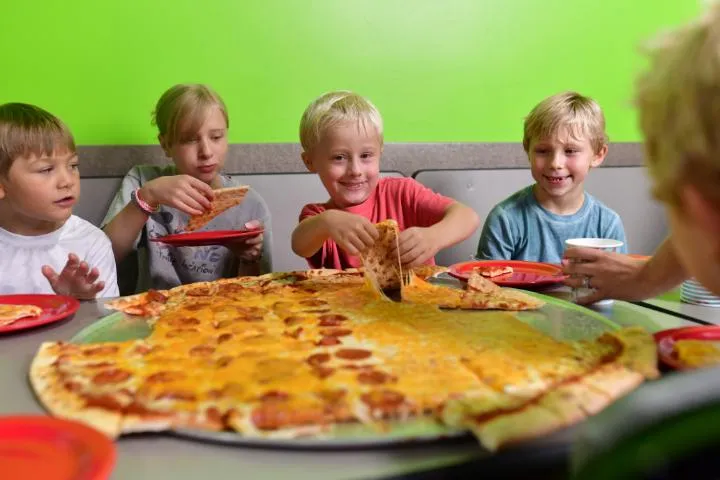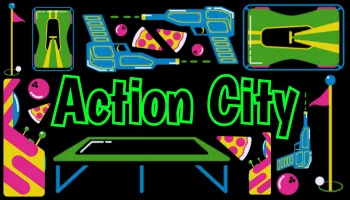
The Evolution of Money: How Business Payments Changed Our Family Forever
The Moment Money Changed Our Family
Looking back, I can’t pinpoint an exact moment when our family business fundamentally changed our family forever. Tom summed it up perfectly: the changes were gradual, nothing seismic until you stop and reflect. We didn’t wake up one day and say, “Wow, life has transformed!” It was more like living through a series of little steps: opening the car wash, buying the dairy stores, eventually the Dairy Queens, and then branching into new ventures. Kim recalled how even after running the Dairy Queens for over a decade, it took a confrontation with corporate to realize she truly owned the business. The realization isn’t always about a signed contract, it’s about feeling the weight and freedom of ownership, day in and day out.
Cash, Checks, and Charge Accounts: The Early Years
When Tom started out, around half the business was done “on the books,” essentially customers running charge accounts at the store. It’s almost hard to imagine today. Folks would bring in their paychecks to pay down tabs, or, for farmers, maybe only twice a year after a big sale. That meant every Sunday, Tom (and sometimes young Kim) would drive around collecting payments. I did this myself for bad checks, it wasn’t fun, knocking on doors with your fingers crossed and a stern look on your face.
Cash handling was both an art and a burden. Counting change, prepping drawers with bills and coins, finding lost money wedged behind trays, it all soaked up staff time. And, as Kim pointed out, the labor required to maintain, count, and physically deposit cash swelled the costs well beyond what we ever paid in credit card fees.
The Perils of Checks and Cash
Checks, in hindsight, might have caused us even more grief than cash. There was the endless rigmarole: getting the customer’s birthday, address, phone number, driver’s license, a bureaucratic ballet to protect yourself in case the check bounced. And bounce they did. Sometimes talented “bad” customers would write multiple high-dollar checks in as many days before any of them returned for insufficient funds, leaving us holding the bag and often out hundreds or even thousands of dollars.
And then there were the tense bank runs: late-night drop-offs carrying big deposits in the dark, always wondering if this would be the night luck ran out. In modern times, it isn’t just about the cost and hassle-security and potential theft hang over cash-heavy operations, even now. Every loss is felt doubly when you know you sweated for every penny.
Enter Credit Cards: The Dawn of Digital Payments
When we brought credit cards into the stores in the early '90s, they barely made a dent. Less than ten percent of sales at first. Fast forward to now, and over 70% of transactions at our quick-service restaurants are via card or digital payments, with cash a shrinking minority.
For the business, card payments revolutionized cash flow and security. Money arrives in the bank, usually overnight, without piles of paper to reconcile or drawers to count. Sure, there’s a fee, but as Kim pointed out, it’s a fraction of the labor and losses that cash and checks once demanded. Even collecting restitution for theft or bounced checks is a slow, years-long process, while card transactions are “in the bank” (literally and figuratively) by comparison.
The Frictionless Future-and New Challenges
Payment methods continue to evolve. Apple Pay, Google Wallet, tapping your phone or even your watch. For the merchant, it’s all “just another card,” but for the customer, it’s about ultimate convenience. Our job as business owners is to keep up, making payment as simple as possible.
But there’s a trade-off. Teaching younger generations the value of a dollar gets harder when money isn’t tangible-a tap, a click, a swipe, and it’s gone. Cash “hurts” to spend; digital funds can vanish before you realize it. That’s an educational gap we have to bridge together, as families and as business leaders.
Looking Ahead: Adapting to the Future of Payments
Running a family business through decades of changing payment methods has shown me that technology rarely makes life more complicated, it just shifts where the complications lie. We trade hours counting coins for headaches balancing digital books, and lost sleep over bounced checks for the occasional chargeback. But the core lesson stands: adapt, stay vigilant, and never lose sight of the values that built your business in the first place.
If your business has made the leap to cashless, or if you’re still weighing the options, I’d love to hear your story. Drop us an email at brian@mixingfamilyandbusiness.com and let’s keep learning from each other as the world of money keeps turning.
Make sure to listen to the full episode and check out our other content here!




















